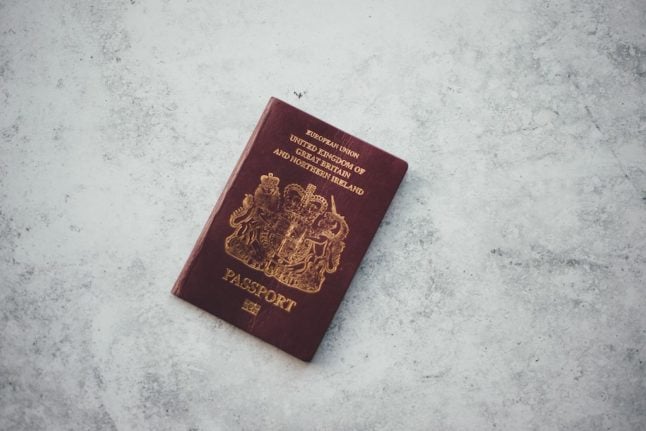Sicily’s Regional Department of Civil Protection on Tuesday evening changed the status of Mount Etna from ‘Warning’ to ‘Pre-alert’.
According to the communication, this means that the volcano has a “high probability of imminent occurrence”.
Increasing the risk level of Mount Etna means that authorities must ban access to certain areas around the volcano, keep updated on any progress and take action as required by the municipality.
Following a new eruption on Monday, flights to and from Catania airport in Sicily were halted, with further delays communicated on their website and social media channels.
The airport’s operators ended the travel disruption on Tuesday at 6am by reopening arrivals and departures.
🟢✈️ Martedì 15 agosto, ore 06:00.
L’aeroporto è aperto e di nuovo operativo. Info voli con compagnie aeree e su https://t.co/0UhJW0CVJO
Tuesday, August 15, 06:00 a.m. #CTAairport is open.
Please contact the airline for informazione, or visit https://t.co/0UhJW0CVJO— Aeroporto di Catania (@CTAairport) August 15, 2023
The alert for civil aviation has changed from green to yellow, but at the moment it does not affect the Catania-Fontanarossa international airport.
READ ALSO: Trains and planes: Italy’s new international travel routes in 2023
Catania’s mayor on Monday banned the use of motorcycles and bicycles for 48 hours, due to a layer of volcanic ash covering the city.
At the time of writing, no further restrictions have been issued and a clean-up operation is underway.
Authorities have advised citizens to deposit any volcanic sand they find on their property in small containers, which will be collected by waste disposal services.
For real-time information on Catania airport’s departures and arrivals, you can check here.



 Please whitelist us to continue reading.
Please whitelist us to continue reading.
Member comments